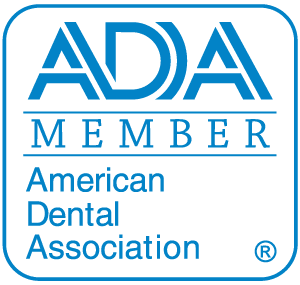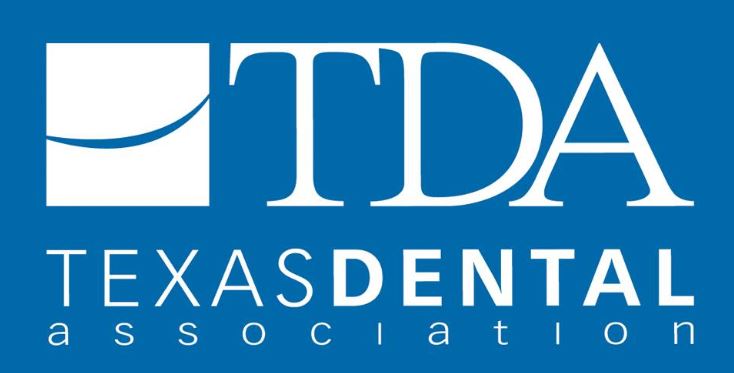You’re in line waiting to pay for your groceries at the super market; the shelves next to the check out counter are lined with a myriad of gums and mints. You grab a pack of gum and a container of mints and toss them on the conveyor belt with the rest of your items. You would hate to be on the way to a date, a job interview or lunch out with your friends and be caught with bad breath.
The Council of Scientific Affairs published a report that stating that 50% of the US population has bad breath at any one time. And of that 50%, half of that group has chronic halitosis.
Halitosis (bad breath) is a term used to describe noticeably unpleasant odors exhaled in breathing. Halitosis combines the Latin halitus, meaning ‘breath’, with the Greek suffix osis often used to describe a medical condition
There are over 600 types of bacteria found in the average mouth. If you don’t brush and floss your teeth daily, food particles can remain in your mouth, which promote bacterial growth between teeth, around the gums, and on the tongue. This causes bad breath.
We suggest these strategies for dealing with bad breath:
• Cleaning the tongue surface twice daily using a toothbrush, tongue cleaner or tongue brush/scraper.
• Chewing gum: Since dry-mouth can increase bacterial buildup and cause or worsen bad breath, chewing sugarless gum can help with the production of saliva, and thereby help to reduce bad breath.
• Gargling right before bedtime with an antibacterial mouthwash.
• Practice good oral hygiene, including daily tongue cleaning, brushing, flossing, and regular visits to dentists and hygienists. Flossing is particularly important in removing food debris and bacterial from between the teeth, especially at the gum line.
If you you’re concerned that you might be suffering from bad breath, give us a call or come by to schedule an appointment with The Plano Dentist because, everyone deserves to smile!






